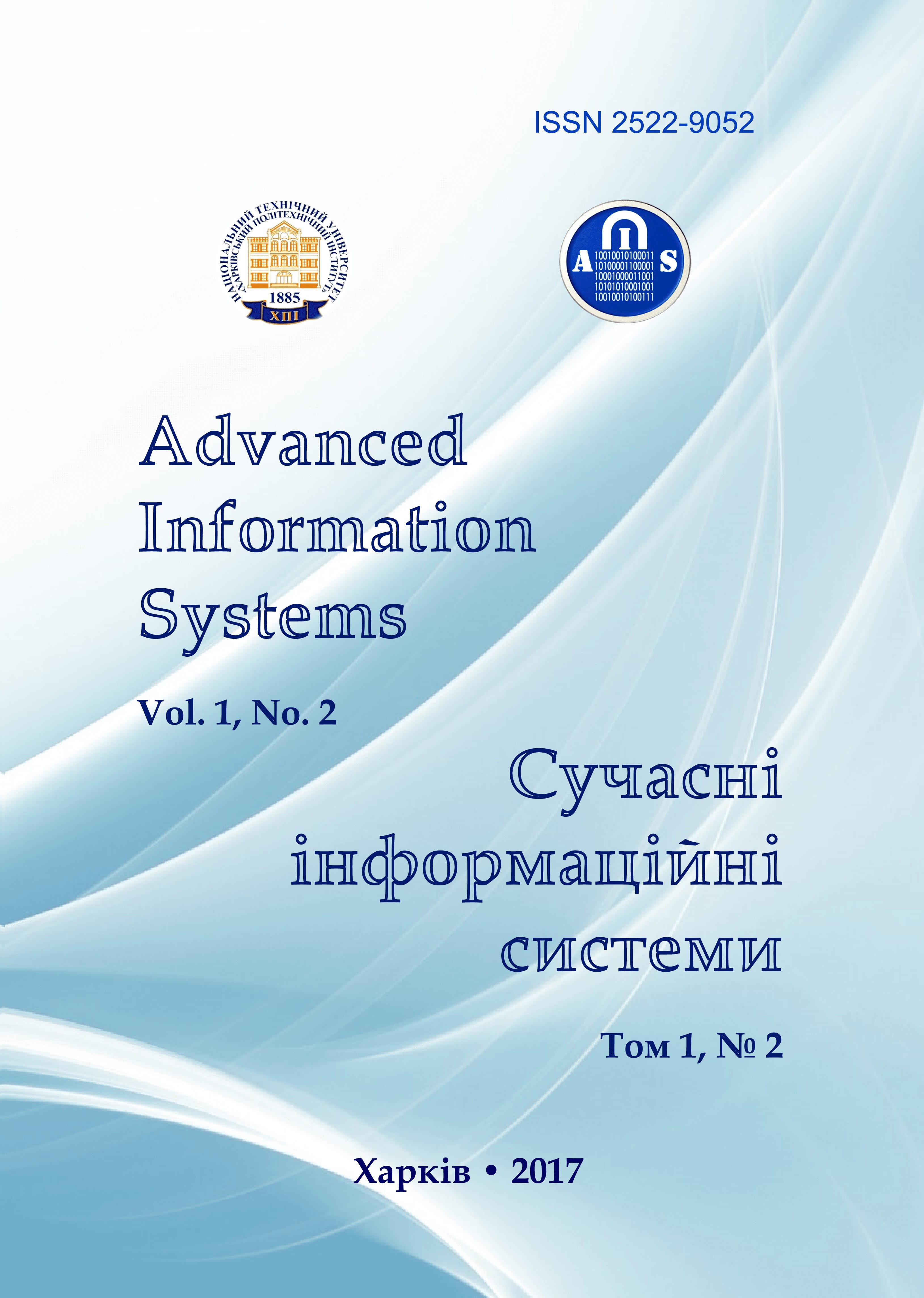Some aspects of the organization of information security of functioning of multiprocessor computing systems
Main Article Content
Abstract
The subject of the research is to improve the features of the organization of information security of multiprocessor computing systems. The goal of this work is to identify and implement measures to secure information that can be effective when using multiprocessor modular computing systems or in parallel calculations on multithreaded systems. To achieve this goal, the following tasks are solved: comparison of data protection methods in multiprocessor and sequential systems, as well as study of the specifics of applying various cryptographic methods to the methods of implementing protection; in accordance with some aspects of constructing multiprocessor systems, consideration and identification of key elements that require special attention in the development of a security system; to show that the main choice of data protection methods in multiprocessor systems is determined by differences from sequential systems in the theoretical and hardware implementation. The methods used are: main provisions of the theory of computing systems, theory of parallel computing, theory of the construction of operating systems, methods and algorithms for data protection. The following results were obtained. The main aspects in definition and use of information protection measures that can be effective when using multiprocessor modular computing systems or in parallel calculations on multithreaded systems are identified. Comparison of methods of data protection with sequential systems is carried out, and also the influence of application of various cryptographic methods on methods of data protection implementation is considered. It is shown that the main choice of data protection methods in multiprocessor systems is determined by differences from sequential systems in theoretical and hardware implementation. The conclusions. In accordance with some aspects of the construction of multiprocessor systems, the key elements that require special attention in the development of a security system are examined and identified. The paper shows that a parallel system requires both more hardware and software, and with each additional calculation module the system becomes more complex. And this, in turn, further complicates the protection system as a whole, which may entail some slowdown in the execution of application programs with the help of multiprocessor computing systems. However, in the long term, the proposed approach makes it possible to provide increased security for the operation of multiprocessor systems. To protect data in such systems, a number of methods are considered and analyzed.
Article Details
References
Rajkumar, B. (1999), High Performance Cluster Computing, New Jersey, Prentice-Hall, 453 p.
Xu, Z. (1998), Scalable Parallel Computing Technology, Architecture, Programming, McGraw-Hill, Boston, 557 p.
Shvachych, G.G., Tkach, M.A. and Shcherbyna, P.A. (2008), “About problems of designing of the high-efficiency integrated environment on the basis of computing clusters”, Nauka і inowacja, Materiály IV Midznarodnej naukowi-praktyznej konfer-encji,T. 11. Nowoczesne informacyine technologie, Nauka і stadia, Przemysl, pp. 41–46.
Beowulf Introduction & Overview, available at: http://www.beowulf.org (last accessed May 24, 2017).
Shvachych, G.G. (2008), “Prospects of construction highly productive computers systems on the base of standard technolo-gies”, Strategy of Quality in Industry and Education, IV Int. Conf.; May 30 – June 6; Varna; Bulgaria, Vol. 2. pp. 815–819.
Buyya, R. (1999), High Performance Cluster Computing, USA.
Latsis, A.O. (2003), How to build and use a supercomputer, Bestseller, Moscow, 240 p.
Alishov, N.I. (2009), Developed methods for interaction of resources in distributed systems, Stal, Kyiv, 448 p.
Brassard, J. (1988), Modern Cryptology, Springer – Verlag, Berlin – Heidelberg, 107 p.
Capocelli, R.M., De Santis, A., Gargano, L. and Vaccaro, U. (1993), “On the Size of Shares for Secret Sharing Schemes”, J. Cryptology, V.6, pp. 157–167.
Goldreich, O. (1997), On the Foundations of Modern Gryptography, Proc. of CRYPTO'97, LNCS, Vol. 1294, pp. 46–74.
Horst, Feistel (1973), “Cryptography and Computer Privacy”, Scientific American, Vol. 228, No. 5.
Zheng, Gong, Xuejia, Lai and Kefei, Chen (2009), A Synthetic Indifferentiability Analysis of Some Block-Cipher-Based Hash Functions, pp. 293-385.
